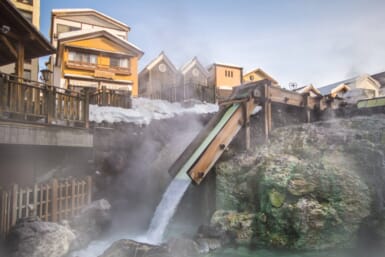Thousands of Russian emergency workers have been clearing up damage from a meteor explosion over the Ural mountains which left more than 1,200 injured.
NASA estimated the object was 55 feet across before entering Earth’s atmosphere and weighed about 10,000 tons. The fireball traveled 30 km per second and exploded above earth, releasing nearly 500 kilotons of energy – about 30 times the size of the nuclear bomb dropped on the Japanese city of Hiroshima in World War II, according to NASA.
The explosion blew out windows from buildings and showered people with broken glass.
“We would expect an even of this magnitude to occur once every 100 years on average,” said Paul Chodas of NASA’s Near-Earth Object Program Office at the Jet Propulsion Laboratory in Pasadena, California.
“When you have a fireball of this size, we would expect a large number of meteorites to reach the surface, and in this case there were probably some large ones”.
Divers searched a lake near Chelyabinsk, where a hole several meters wide had opened in the ice, but had so far failed to find any large fragments, officials said.
Search teams said they found small objects up to 1 cm wide that might be fragments of a meteorite.
The scarcity of evidence fueled conspiracy theories over that caused the fireball and its huge shockwave in the area, where there are many defense industry plants, Reuters reports.
A priest from near the explosion site called it “an act of God”.
Nationalist leader Vladimir Zhirinovsky claimed it could have been “warmongers” in the United States. “It’s not meteors falling. It’s a new weapon being tested by the Americans,” he told reporters in Moscow.









